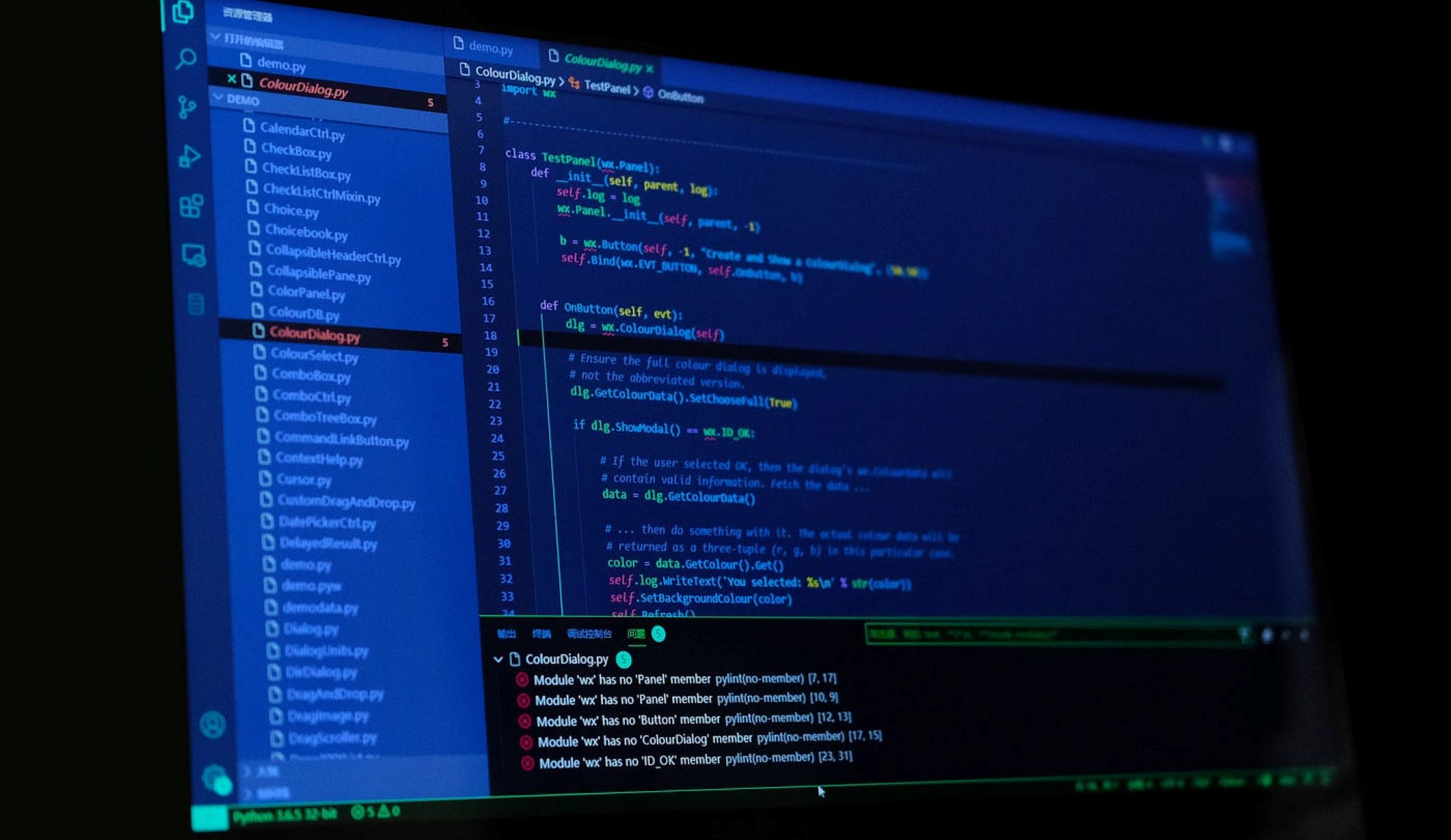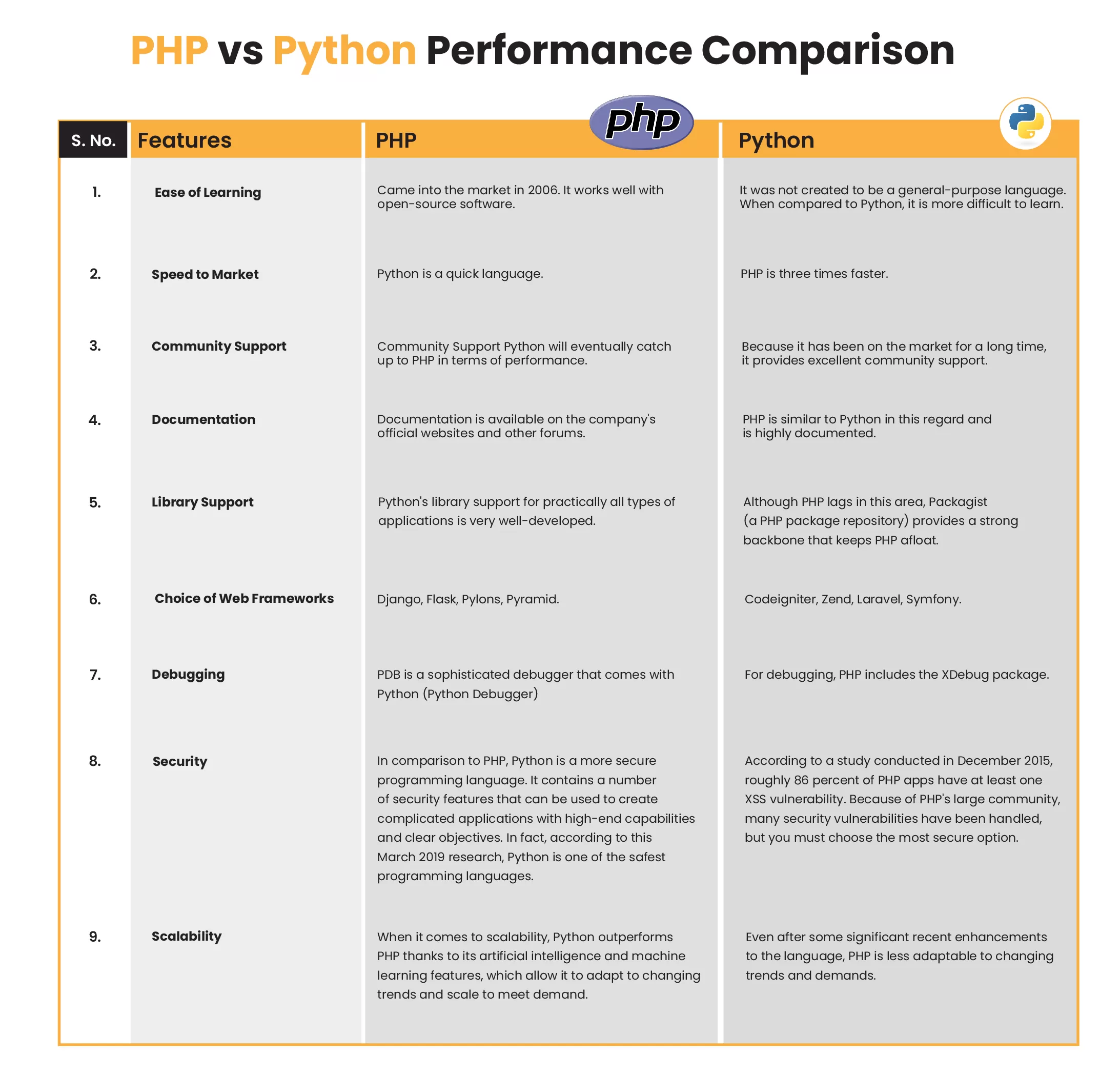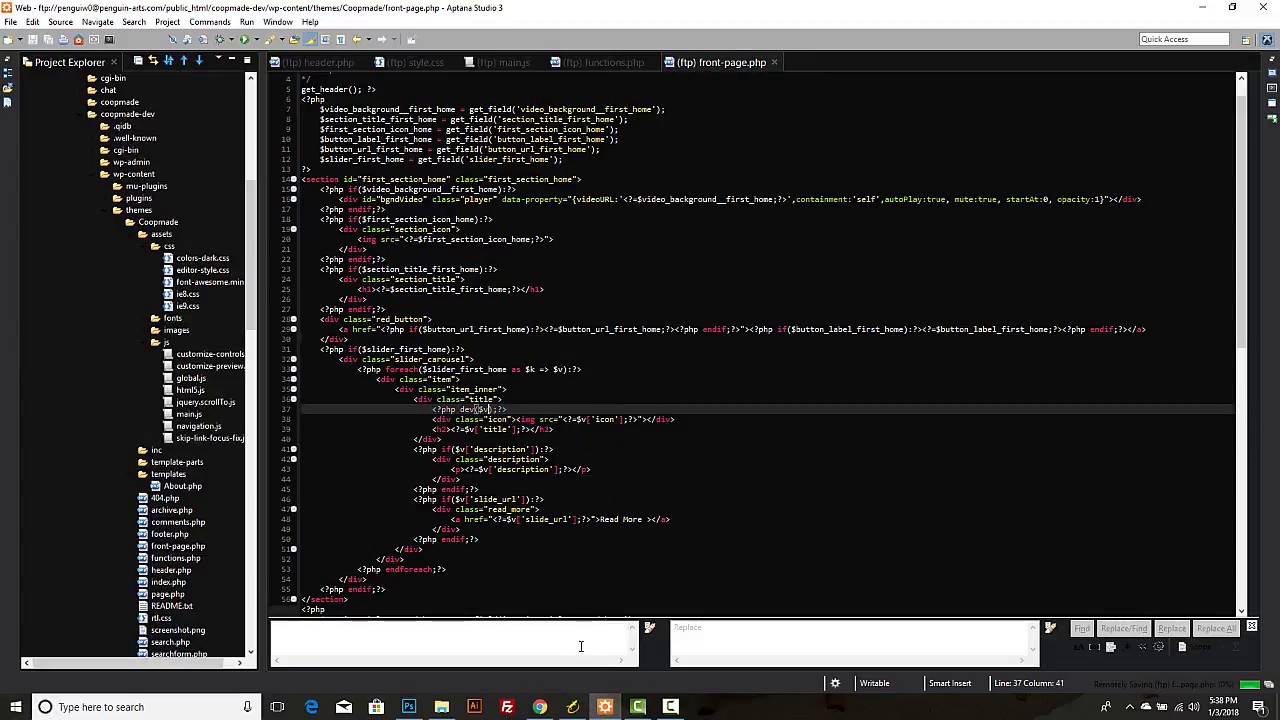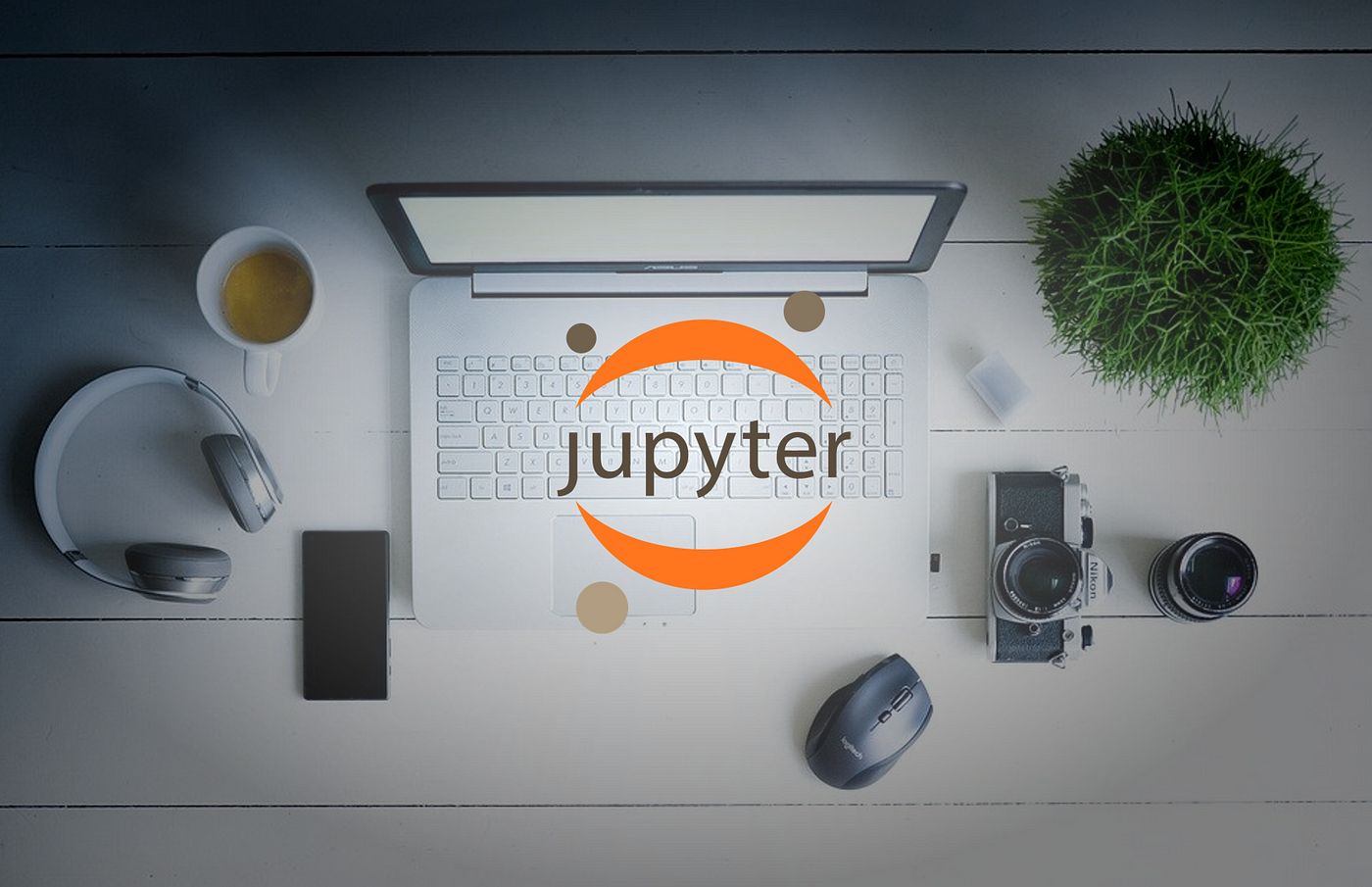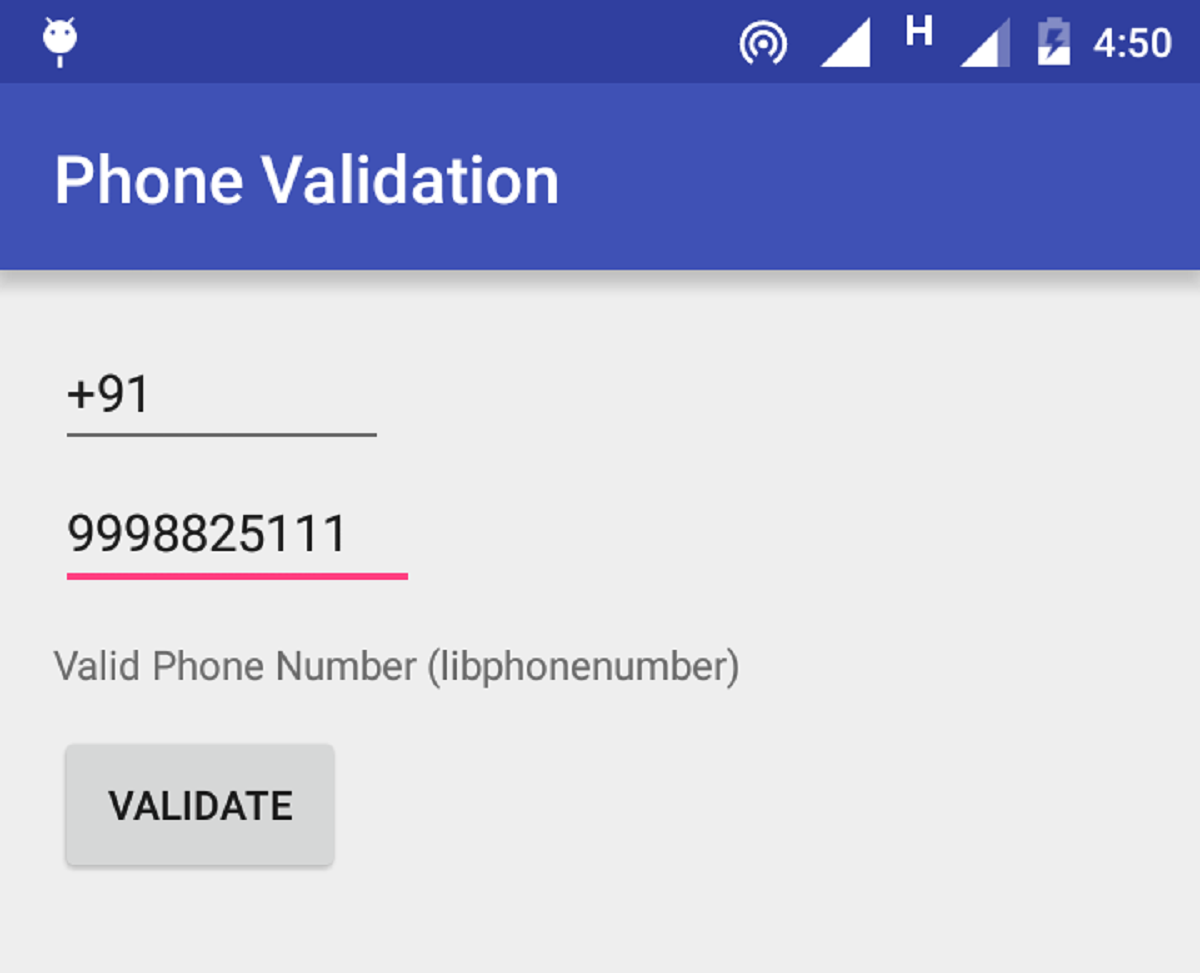Introduction
When it comes to coding, libraries play a crucial role in simplifying and streamlining the development process. They provide pre-written code and functionality that programmers can utilize to save time and effort. Whether you are a beginner or an experienced developer, understanding what libraries are and how they work is essential for efficient and effective coding.
A library, in the context of coding, refers to a collection of pre-compiled code modules that offer a set of functions and procedures. These libraries are created and maintained by developers to assist others in solving common programming problems. They serve as a repository of code snippets and ready-made solutions that can be reused across multiple projects, making the development process more efficient.
Libraries come in various forms and cater to different programming languages and frameworks. They are typically written by other programmers and made available to the developer community for free or for a fee, depending on the licensing terms. They cover a wide range of functionalities, from handling database operations to generating visual elements, and can be easily integrated into projects to enhance their capabilities.
The importance of libraries in the coding world cannot be overstated. They not only help in reducing development time, but they also ensure that code is more reliable and maintainable. By providing tested and optimized solutions to common programming challenges, libraries enable developers to focus on the unique aspects of their projects without reinventing the wheel each time.
Moreover, libraries foster collaboration and knowledge sharing among developers. They provide a platform for programmers to contribute their expertise and share their solutions with the broader community. This collective effort results in a continuous improvement of the libraries, as bugs are reported and fixed, and new features are added. Additionally, developers can benefit from the wealth of resources and support available when using popular and well-documented libraries.
In the following sections, we will explore different types of libraries, how they are used in coding, the advantages and disadvantages of utilizing libraries, and best practices for effective library utilization. By the end of this article, you will have a solid understanding of the role libraries play in coding and how to leverage them to enhance your development process.
What Does “Library” Mean in Coding?
In the context of coding, a library refers to a collection of pre-compiled code modules that provide a set of functions and procedures. These code modules are written by developers to solve common programming problems and offer ready-made solutions to specific tasks or functionalities.
Think of a library as a toolbox filled with tools that programmers can use to build their applications. Each tool, or function, within the library serves a specific purpose and can be called upon by the developer to perform a particular task. Instead of writing code from scratch for common operations, developers can simply include the library in their projects and use the provided functions to achieve the desired results.
Libraries can cover a broad range of functionalities, from handling file operations and data storage to implementing complex algorithms or user interface components. They are typically designed to be modular, meaning that different parts of the library can be used independently based on the specific needs of the project.
One of the key benefits of utilizing libraries in coding is the ability to save time and effort. By leveraging pre-existing code modules, developers can avoid reinventing the wheel and focus on the unique aspects of their projects. Libraries not only provide well-tested and optimized solutions, but they also help maintain consistency and reliability across different applications.
Furthermore, libraries facilitate code reuse and modularity. Instead of writing the same code over and over again for similar tasks, developers can encapsulate common functionalities within a library and reuse them across different projects. This promotes efficiency, maintainability, and scalability in software development.
It’s important to note that libraries can be language or platform-specific. For example, there are libraries specific to programming languages such as Python, JavaScript, or C++. Additionally, certain libraries may be tailored to work with specific frameworks or platforms, such as web development frameworks like React or Angular.
Overall, libraries play a crucial role in coding by providing developers with a vast array of pre-written code modules that simplify and streamline the development process. They offer ready-made solutions to common programming problems, save time and effort, and promote code reuse and modularity. By leveraging libraries effectively, developers can enhance their productivity and deliver robust and efficient applications.
Why Are Libraries Important in Coding?
Libraries are an integral part of coding and programming, and their importance cannot be overstated. They offer numerous benefits that make the development process more efficient, streamlined, and reliable. Here are some key reasons why libraries are important in coding:
- Time Efficiency: Libraries provide pre-written code modules that can be easily integrated into projects. This eliminates the need to write code from scratch for common functionalities, saving a significant amount of development time. Developers can focus on more critical aspects of their projects, resulting in faster and more efficient development cycles.
- Code Reusability: Libraries promote code reuse by encapsulating common functionalities in a modular way. Developers can reuse code snippets or entire modules across multiple projects, reducing redundancy and improving maintainability. This not only saves time but also ensures consistent and reliable implementation of common features.
- Reliability and Stability: Libraries are usually developed and maintained by a community of contributors. This collective effort ensures that the code undergoes rigorous testing, bug fixing, and optimization. By utilizing well-established libraries, developers can leverage the expertise of others and benefit from reliable, stable, and well-documented code.
- Enhanced Functionality: Libraries offer a wide range of functionalities and features that extend the capabilities of programming languages and frameworks. They provide ready-made solutions for complex tasks, allowing developers to implement advanced functionalities without the need for in-depth knowledge or extensive coding.
- Community Support and Collaboration: Libraries encourage collaboration and knowledge sharing among developers. They provide a platform for programmers to contribute to the development and improvement of libraries, sharing their expertise and solutions with the broader community. This collaboration leads to the creation of better, more robust, and feature-rich libraries.
- Platform and Language Compatibility: Libraries are often designed to work with specific programming languages or frameworks. They provide solutions tailored to the requirements and constraints of particular platforms, making it easier for developers to implement functionalities across different systems and environments.
In summary, libraries are important in coding because they save time, promote code reuse and modularity, provide reliable and stable solutions, enhance functionality, foster community collaboration, and ensure compatibility with different platforms and languages. By leveraging libraries effectively, developers can streamline their workflow, improve code quality, and deliver high-quality applications with greater efficiency.
Types of Libraries
In the world of coding, libraries come in various types, each serving a specific purpose and catering to different programming needs. Understanding the different types of libraries can help developers identify the most suitable ones for their projects. Here are some common types of libraries:
- Standard Libraries: Standard libraries, also known as core libraries, are included with programming languages by default. They provide essential functions and features that are commonly used across a wide range of applications. These libraries typically offer functionalities for basic input/output operations, string manipulation, mathematical calculations, and data structures.
- Framework-Specific Libraries: Framework-specific libraries are designed to work with specific frameworks or development platforms. They provide additional functionalities and features that are tailored for a particular framework’s requirements. These libraries can include modules for handling database operations, user interface components, and other framework-specific functionalities.
- Domain-Specific Libraries: Domain-specific libraries are developed to address specific needs in particular domains or industries. For example, there are libraries specifically designed for handling scientific computations, data analysis, machine learning, or graphics rendering. These libraries provide specialized tools and algorithms that are optimized for their respective domains.
- Third-Party Libraries: Third-party libraries are developed by independent developers or organizations outside of the primary language or framework creators. These libraries offer a wide range of functionalities and are often shared with the developer community. Third-party libraries can provide solutions for various tasks, such as web development, data manipulation, encryption, and more.
- Utility Libraries: Utility libraries are collections of commonly used functions and tools that assist in performing specific operations or tasks. These libraries often provide convenience methods for tasks like handling file operations, manipulating dates and times, generating random numbers, or performing common mathematical calculations.
- Testing Libraries: Testing libraries are specifically developed to facilitate software testing. They offer tools and utilities for creating automated tests, generating test data, and verifying the correctness of the code. These libraries can be language-specific or framework-specific, catering to the testing needs of various programming environments.
It’s important to note that these categories are not mutually exclusive, and a library may fall into multiple categories or serve different purposes. Additionally, the availability of libraries may vary across programming languages and frameworks.
By understanding the different types of libraries, developers can explore and utilize the most appropriate libraries for their projects. Whether it is a standard library for common functionalities, a framework-specific library for specific platform requirements, or a domain-specific library for specialized tasks, leveraging the right libraries can greatly simplify coding tasks and improve overall development efficiency.
How to Use Libraries in Coding
Using libraries in coding involves a few key steps that allow developers to leverage the functionalities and benefits provided by the libraries. Here is a general guide on how to use libraries in coding:
- Research and Selection: The first step is to research and identify the libraries that can address the specific needs of your project. Determine the functionalities required and explore popular libraries that offer those features. Consider factors such as library documentation, community support, and compatibility with your programming language or framework.
- Installation: Once you have chosen a library, the next step is to install it. Most libraries can be installed via a package manager specific to your programming language or framework. Package managers automate the process of downloading and setting up the library in your project, ensuring that all necessary dependencies are resolved.
- Import or Include: After installation, you need to import or include the library in your code. The specific syntax for importing or including a library depends on the programming language or framework you are using. Read the library documentation to understand the correct way to import the library and its associated functions.
- Utilize the Library’s Functions: Once the library is imported, you can start utilizing its functions. Each library provides documentation that describes the available functions and how to use them. Consult the documentation and examples to understand how to invoke the desired functions and pass any necessary parameters to achieve the desired results.
- Handling Dependencies and Versioning: Libraries may have dependencies on other libraries or specific versions of programming language modules. It is essential to manage these dependencies and ensure that the required versions are installed. Some package managers automatically handle this, while others may require manual configuration or adjustment of version requirements in your project files.
- Testing and Debugging: When using libraries, it is important to thoroughly test and debug your code. Verify that the library functions are producing the expected results and handle any errors or exceptions that may arise. Understand the library’s error handling mechanisms and utilize appropriate error handling techniques in your code.
- Keep the Library Updated: Libraries are often updated with bug fixes, performance improvements, and new features. It is important to keep your library up to date by regularly checking for updates and integrating them into your project. This ensures that you benefit from the latest enhancements and maintain compatibility with evolving programming environments.
By following these steps, developers can effectively use libraries in their coding projects. The proper selection, installation, integration, and utilization of libraries can significantly enhance development efficiency and empower developers to create robust and feature-rich applications.
Popular Libraries in Different Programming Languages
Every programming language has its own ecosystem of libraries that cater to various needs and functionalities. Here are some popular libraries in different programming languages:
- Python: Python has a rich collection of libraries, such as NumPy for numerical computing, Pandas for data analysis, Django for web development, Flask for building web applications, and TensorFlow for machine learning and artificial intelligence.
- JavaScript: JavaScript, a widely used language for web development, has numerous libraries. Some popular ones include React for building user interfaces, Angular for developing dynamic web applications, Express.js for creating server-side applications, D3.js for data visualization, and Axios for handling HTTP requests.
- Java: Java, a versatile language, also has a wide range of libraries. Among the popular ones are Apache Commons for utility functions, Spring for building enterprise-level applications, Hibernate for database management, JUnit for testing, and Gson for JSON parsing.
- C++: C++ developers can make use of libraries like Boost for general-purpose functionality, OpenCV for computer vision tasks, Qt for creating cross-platform applications, STL for data structures and algorithms, and TensorFlow C++ for machine learning applications.
- Ruby: Ruby offers libraries such as Ruby on Rails for web development, RSpec for testing, Devise for authentication, ActiveRecord for database management, and Sinatra for building lightweight web applications.
- PHP: PHP developers can utilize libraries like Laravel for web development, PHPUnit for testing, Symfony for building scalable applications, Guzzle for making HTTP requests, and Faker for generating fake data.
These are just a few examples of popular libraries in different programming languages. However, it’s important to note that the popularity and availability of libraries may vary over time, and new libraries may emerge to cater to evolving needs and technologies.
When choosing a library, consider factors like the library’s active development, community support, documentation quality, performance, and compatibility with your project requirements. Additionally, always ensure that you comply with any licensing terms and guidelines when incorporating third-party libraries into your projects.
By leveraging these popular libraries, developers can benefit from the collective wisdom and expertise of the programming community, making their coding journey more efficient and productive.
Advantages and Disadvantages of Using Libraries
Using libraries in coding offers various advantages and can greatly enhance the development process. However, there are also a few potential disadvantages to consider. Let’s explore the advantages and disadvantages of using libraries:
Advantages:
- Time Efficiency: Libraries save development time by providing pre-written code modules that address common functionalities. Developers can leverage these ready-made solutions instead of reinventing the wheel, resulting in faster and more efficient development cycles.
- Code Reusability: Libraries encourage code reuse by encapsulating common functionalities in a modular format. Developers can leverage existing code modules across different projects, reducing redundancy and improving maintainability.
- Reliability and Stability: Libraries undergo rigorous testing and optimization, ensuring that the code is reliable and stable. By utilizing well-established libraries, developers can benefit from the expertise and experiences of others, resulting in more robust and less error-prone code.
- Enhanced Functionality: Libraries provide access to additional functionalities and features that extend the capabilities of programming languages and frameworks. They offer ready-made solutions to complex tasks, enabling developers to implement advanced features without extensive coding or domain-specific expertise.
- Community Support and Collaboration: Libraries foster collaboration and knowledge sharing among developers. The developer community contributes to the improvement and maintenance of libraries, resulting in a collective effort that enhances the quality and functionality of the libraries.
- Platform and Language Compatibility: Libraries are designed to work with specific programming languages or frameworks, ensuring compatibility with different platforms and environments. This allows developers to implement functionalities consistently across various systems and across language barriers.
Disadvantages:
- Learning Curve: When using libraries, developers may need to invest time in understanding the library’s documentation and proper usage. Different libraries may have different syntaxes, conventions, and learning curves, which can add complexity to the development process.
- Dependency Management: Libraries may have dependencies on other libraries or specific versions of programming language modules. Managing these dependencies can sometimes be challenging, particularly when conflicts or compatibility issues arise.
- Performance Overhead: Some libraries come with a performance cost. Depending on the complexity and size of the library, this overhead may impact the overall performance of the application. It’s important to consider the trade-offs between the convenience of using a library and the performance requirements of the project.
- Limited Customization: Libraries provide pre-defined functionalities, and customization options can be limited. Developers may need to adapt their projects to fit within the constraints and conventions of the library, potentially sacrificing flexibility and customization.
- Dependency on External Code: Incorporating a library means relying on external code and the efforts of other developers. If a library becomes unsupported or its development stagnates, it may become obsolete or not compatible with future versions of programming languages or frameworks.
Understanding the advantages and disadvantages of using libraries enables developers to make informed decisions about when and how to incorporate them into their projects. With careful consideration, libraries can be a valuable asset in streamlining development processes, enhancing functionality, and creating efficient and reliable applications.
Best Practices for Utilizing Libraries
Using libraries effectively requires adopting certain best practices to ensure optimal usage and minimize potential issues. Here are some key best practices for utilizing libraries in coding:
- Thoroughly Research and Choose Reputable Libraries: Before incorporating a library into your project, conduct thorough research to ensure its reliability, popularity, and active development. Choose well-documented libraries with strong community support to minimize potential issues and ensure access to up-to-date resources.
- Read and Understand the Documentation: Take the time to thoroughly read and understand the library’s documentation. It provides essential information on how to use the library’s functions, handle errors, and follow best practices. Clear understanding of the documentation reduces misunderstandings and improves the efficiency of library utilization.
- Consider Performance and Efficiency: Evaluate the performance implications of using a library. While libraries provide convenience, some may have a performance overhead. Assess if the performance gains outweigh the potential cost or consider alternative solutions if performance is critical to your project.
- Keep Libraries Updated: Regularly check for updates and newer versions of libraries. Updates may include bug fixes, performance improvements, and additional features. Keeping libraries up to date ensures compatibility with evolving programming languages, frameworks, and security standards.
- Manage Dependencies Properly: Carefully manage dependencies between libraries to prevent conflicts or compatibility issues. Use a package manager to handle dependencies automatically whenever possible. Consider using version control tools to track and document library versions used in your project.
- Implement Error Handling: Understand the error-handling mechanisms provided by the library and utilize appropriate error handling techniques in your code. Libraries may have their own error codes or exceptions that need to be handled effectively to prevent crashes or unexpected behavior.
- Test Extensively: Thoroughly test your code after integrating a library. Ensure that the library functions as expected and handles edge cases and error scenarios appropriately. Automate testing where possible to ensure consistent and reliable results.
- Maintain a Mix of Custom and Library Code: While libraries provide convenience and ready-made solutions, aim for a balance between using libraries and writing custom code. This ensures that your projects remain flexible, maintainable, and aligned with your specific requirements.
- Contribute to the Library Community: If you encounter issues or identify improvements in a library, consider contributing to the community. Report bugs, suggest enhancements, and share your solutions with others. Active involvement in the library community not only benefits others but might also result in improved collaboration or additional features.
By following these best practices, developers can maximize the benefits of utilizing libraries while minimizing potential issues. Libraries can significantly enhance the development process, improve code quality, and increase efficiency, provided they are utilized effectively and in accordance with best practices.
Conclusion
Libraries are invaluable tools in the coding world, offering a wide array of benefits to developers. They provide ready-made solutions, save development time, promote code reuse, and enhance the functionality of programming languages and frameworks. With a vast collection of libraries available, developers have access to a vast repository of code modules that can streamline their coding process and help them deliver efficient and reliable applications.
By leveraging libraries, developers can tap into the collective knowledge and expertise of the programming community. They can benefit from well-tested and optimized code, community support, and collaborative efforts that continuously improve and enhance libraries.
However, it’s important to approach library usage judiciously. Careful consideration should be given to factors such as library reputation, documentation quality, performance implications, and compatibility with project requirements. Adhering to best practices, including thorough research, proper dependency management, regular updates, and continuous testing, ensures optimal utilization and minimizes potential issues.
In summary, libraries play a vital role in coding by simplifying development, enhancing functionality, and accelerating the delivery of high-quality applications. Whether it’s standard libraries, framework-specific libraries, or domain-specific libraries, harnessing these powerful resources empowers developers to focus on their unique project requirements, foster collaboration, and build innovative solutions.
By understanding the nuances of libraries, staying informed about new developments, and adopting best practices, developers can navigate the vast library landscape effectively and unlock their full potential in the coding journey.







